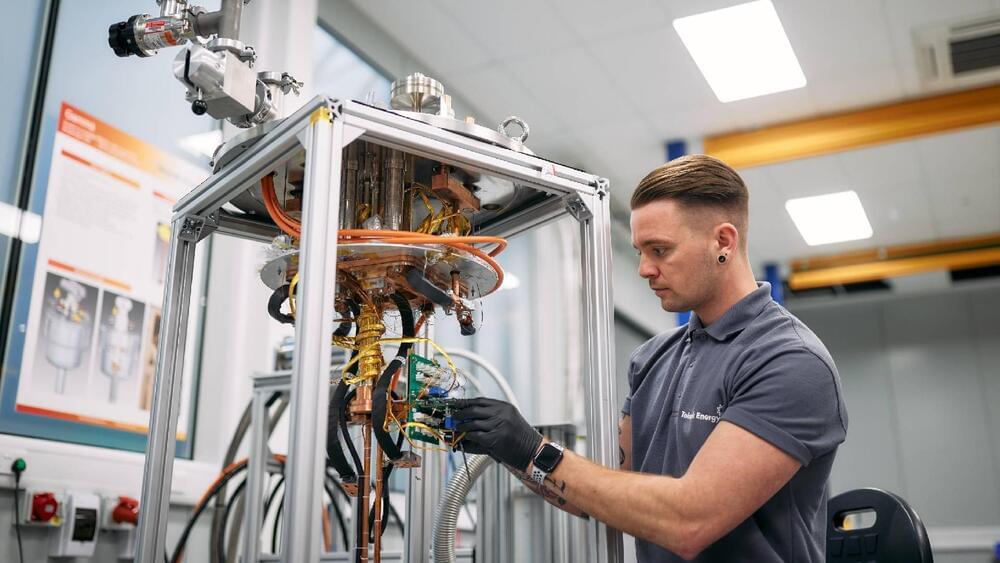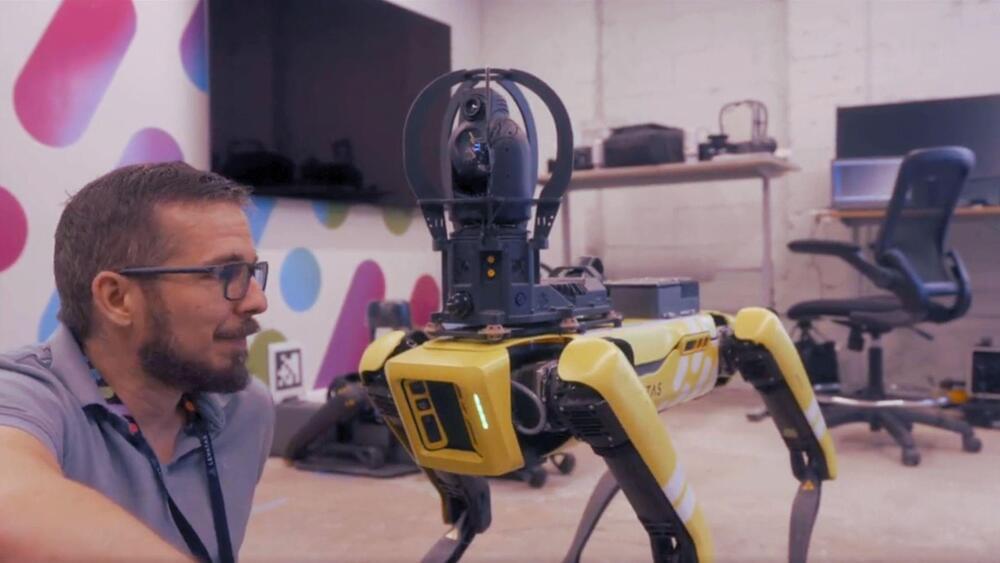Tokamak Energy announced through a press release on Thursday that its magnet technology will be exposed to extreme conditions to test lifetime fusion power plant performance in a US laboratory.



Using an advanced method, researchers have discovered seven elements, including the rare substance terbium, which has never before been found in any exoplanet’s atmosphere.
Last week.
On the heels of the previous discovery, scientists have detected another element, Terbium, in an exoplanet’s atmosphere for the first time. Known as KELT-9, the exoplanet is said to be the galaxy’s hottest, orbiting its distant star about 670 light years from Earth.

The quarterly reports by these tech behemoths show their efforts to increase AI productivity in the face of growing economic worries.
The US tech giants like Alphabet, Microsoft, Amazon, and Meta are increasing their large language model (LLM) investments as a show of their dedication to utilizing the power of artificial intelligence (AI) while cutting costs and jobs.
Since the launch of OpenAI’s ChatGPT chatbot in late 2022, these businesses have put their artificial intelligence AI models on steroids to compete in the market, CNBC reported on Friday.
The IT behemoths Alphabet, Microsoft, Amazon, and Meta are increasing their large language model (LLM) investments as a show of their dedication to utilizing the power of artificial intelligence (AI) while cutting costs and jobs.

“We can now ask the robots about past and future missions and get an answer in real-time.”
A team of programmers has outfitted Boston Dynamics’ robot dog, Spot, with OpenAI’s ChatGPT and Google’s Text-to-Speech speech modulation in a viral video.
Santiago Valdarrama, a machine learning engineer, tweeted about the successful integration, which allows the robot to answer inquiries about its missions in real-time, considerably boosting data query efficiency, in a viral video on Twitter.


An astrophysicist and a neurosurgeon walked into a room.
It may sound like the start of a horrible joke, but what a group of Italian academics came up with is a truly galaxy brain take: the structures of the observable universe, they claim, are startlingly similar to the neural networks of the human brain.
In a recent research published in the journal Frontiers in Physics, University of Bologna astronomer Franco Vazza and University of Verona neurosurgeon Alberto Feletti reveal the unexpected similarities between the cosmic network of galaxies and the complex web of neurons in the human brain. According to the researchers, despite being nearly 27 orders of magnitude distant in scale, the human brain and the makeup of the cosmic web exhibit similar levels of complexity and self-organization.

Within a year, Karl Schwarzschild, who was “a lieutenant in the German army, by conscription, but a theoretical astronomer by profession,” as Mann puts it, heard of Einstein’s theory. He was the first person to work out a solution to Einstein’s equations, which showed that a singularity could form–and nothing, once it got too close, could move fast enough to escape a singularity’s pull.
Then, in 1939, physicists Rober Oppenheimer (of Manhattan Project fame, or infamy) and Hartland Snyder tried to find out whether a star could create Schwarzschild’s impossible-sounding object. They reasoned that given a big enough sphere of dust, gravity would cause the mass to collapse and form a singularity, which they showed with their calculations. But once World War II broke out, progress in this field stalled until the late 1950s, when people started trying to test Einstein’s theories again.
Physicist John Wheeler, thinking about the implications of a black hole, asked one of his grad students, Jacob Bekenstein, a question that stumped scientists in the late 1950s. As Mann paraphrased it: “What happens if you pour hot tea into a black hole?”

Why do some people live lawful lives, while others gravitate toward repeated criminal behavior? Do people choose to be moral or immoral, or is morality simply a genetically inherited function of the brain? Research suggests that psychopathy as a biological condition explained by defective neural circuits that mediate empathy, but what does that mean when neuroscience is used as evidence in criminal court? How can understanding neuroscience give us an insight into the actions and behaviors of our political leaders?
Forensic psychiatrist Dr. Octavio Choi https://med.stanford.edu/profiles/ochoi will explore how emerging neuroscience challenges long-held assumptions underlying the basis—and punishment—of criminal behavior.
$5 suggested donation.
If you are able, please support us on Patreon:
https://www.patreon.com/MakeYouThink.
OR
Make a one-time donation to Make You Think, Inc:
